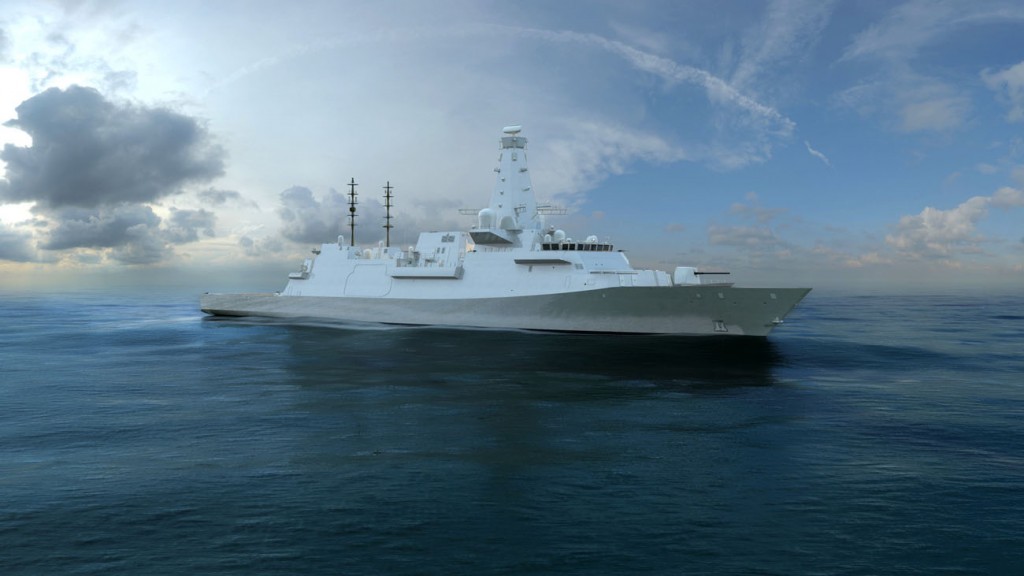Sourced : UK DEFENCE JOURNAL
The Defence Secretary has discussed defence co-operation and the Type 26 Frigate with the Australian Minister for the Defence Industry, Chris Pyne.
It is understood that talks on defence ties between the UK and Australia also discussed defence exports and equipment. According to a press release, as part of the UK-Australia export relationship, the Type 26 Frigate has been shortlisted for Australia’s Future Frigate programme.
They also discussed joint operations carried out by both the UK and Australia and the important partnership the two nations share as members of the Five Power Defence Arrangements and the Five-Eyes Intelligence alliance.
Defence Secretary Sir Michael Fallon said:
“The UK’s Defence relationship with Australia remains close and strong. After operating together in Afghanistan and Iraq, we are now working together to tackle the threat of Daesh in the Middle East and brutal terror they spread around the world.
Britain’s defence and intelligence relationships with Australia and the close bonds we share support our mutual interests and help make both Britain and Australia safer and more secure.
This Australian Frigate programme is another opportunity to strengthen our shipbuilding ties, as well as greater cooperation between the Royal Navy and Royal Australian Navy.”
BAE Systems recently signed a contract with the Australian Government to further refine its design of the Type 26 Frigate for the Royal Australian Navy.
BAE Systems Australia Chief Executive, Glynn Phillips, said:
“We look forward to demonstrating the adaptability and maturity of the Global Combat Ship design to meet Australia’s requirements for an Anti-Submarine Warship frigate.
The Global Combat Ship design is the most modern, adaptable and flexible of all possible options available today, and I am confident that we will be able to demonstrate that it is the best able to meet the requirements of the Royal Australian Navy.”
In the coming months, a team of BAE Systems’ Australian engineers will be deployed to the UK to join the Company’s established design team.
Being embedded into the one of the most advanced warship building teams in the world will allow these engineers to acquire the skills and knowledge required to effectively transfer the technology to Australia. BAE Systems is using the latest in modern digital planning capability to refine and tailor its designs to the Commonwealth of Australia’s requirements.
To assist this process, the Company has revealed that, “a 3-dimensional visualisation suite will be delivered to Australia to help improve understanding of the unique features of the ship design”.
This is part of the Australian Department of Defence’s Competitive Evaluation Process for the programme. Australia has also entered into similar agreements with Fincantieri and Navantia.
Last year, a report by think-tank RAND advised that using an existing design, most likely Britain’s Type 26 Frigate, for the warships would be the least risky option for Australia. RAND looked at three design and build options; an off-the-shelf design, a modified off-the-shelf design and an entirely new design.
“Each option would entail different risks and implications for the acquisition process and strategy. The pure military off-the-shelf solution (which most likely would be built outside Australia) probably would entail the least design and cost risk, given that there would be an experienced builder and active supplier base.”
The Type 26 represents the future backbone of the Royal Navy and a massive leap forward in terms of flexibility of surface vessels enjoyed by the service. It will replace 8 of 13 Type 23 Frigates and export orders are being sought after by BAE. The programme has been underway since 1998, initially under the name “Future Surface Combatant”.
International competition to build the Australian frigate fleet started after Australia changed plans for their new frigate ahead of the release of their defence white paper. The original plan detailed by former Defence Minister David Johnston, would have utilised the hull of the air warfare destroyer programme as the basis for the new class of frigate.
Australian Strategic Policy analyst Dr Andrew Davies said:
“It was a sensible decision given the destroyer hull was not really suited to the submarine hunting role of a purpose-built frigate, it was supposed to be a low-risk option but it was also more about preserving jobs than the Navy getting the warship it needs.”


